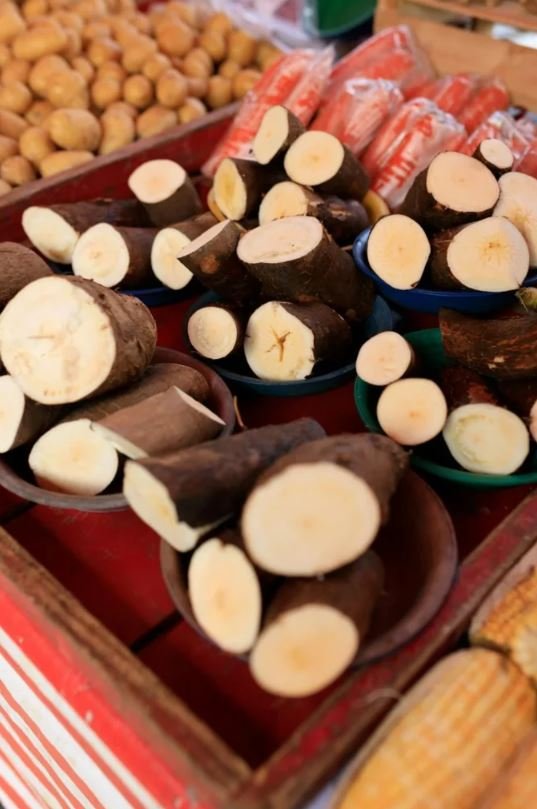When it comes to our diet, we should be mindful that the food we choose to consume affects our health and overall well-being. Opting for a balanced diet helps ensure our body gets all the necessary nutrients. Some foods, however, can be dangerous, such as cassava, which is labeled “world’s deadliest food.”
Cassava is a root vegetable rich in Vitamin C and copper. It is native to Central and South America, and is highly popular throughout the tropics. In fact, it is used the same way as the potato.
The top producing countries of this highly consumed vegetable are Nigeria, Thailand, and Indonesia.
Cassava is a staple food for over 500 million people worldwide. However, consuming it raw can be dangerous due to its toxic compounds.
According to the World Health Organization (WHO), approximately 200 people die each year from cassava consumption, earning it the title of “the world’s deadliest food.”
“Cassava tubers contain varying levels of cyanogenic glucosides, which protect the plant from animals and insects. Proper processing before consumption significantly reduces these toxic compounds. However, when high-cyanide cassava is not processed correctly, it can lead to severe dietary cyanide exposure,” a WHO study explains.
“This often happens during times of famine and war. Cyanide in cassava is associated with acute cyanide poisoning and several diseases including konzo.
“Konzo is an irreversible spastic paraparesis of sudden onset, associated with the consumption of bitter cassava 22, 23 and a low protein intake. It is a disease of extreme poverty. Konzo mostly occurs in epidemics, but sporadic cases are also reported.”
If cooked and consumed properly and moderately – by soaking peeled cassava in water 24 hours before preparation, or by boiling it and drying it in the sun – cassava is a significant source of carbs, fiber, vitamins, and minerals.
Please SHARE this article with your family and friends on Facebook.









